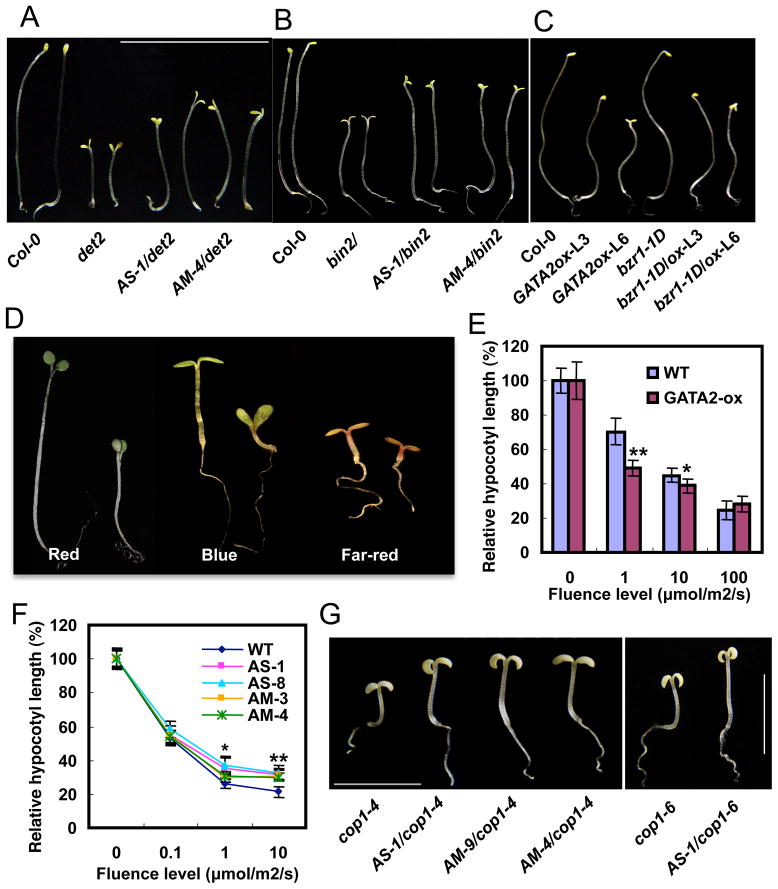Figure 2. GATA2 acts downstream of both BR and light signaling pathways to promote photomorphogenesis.
(A) Phenotypes of det2 mutants crossed with the GATA2/4 antisense (AS) or artificial microRNA (AM) lines (see also Figure S2B). (B) Phenotypes of the bin2 mutant crossed with the GATA-AS and -AM lines (see also Figure S2C). (C) Phenotypes of bzr1-1D mutants crossed with GATA2-ox (see also Figure S2D). (D) GATA2-ox plants (right of each pair) have short hypocotyls than wild type (left) when grown under red (26 μmol/m2/s), blue (13 μmol/m2/s) and far-red (100 μmol/m2/s) light conditions (see also Figure S2E). (E) Relative hypocotyl lengths of GATA2-ox seedlings (L3 line) grown under various fluence rate of red light. (F) Fluence-rate response curve of hypocotyl lengths of GATA2-AS and –AM lines grown in the dark or various intensities of blue light. Error bars in E and F are SD and significant differences from WT are marked (**p<0.01, *p<0.05). (G) Phenotypes of dark-grown cop1 mutants crossed with GATA-AS or GATA-AM lines (see also quantitation data in Figure S2I). The seedlings were grown for 7 days.

